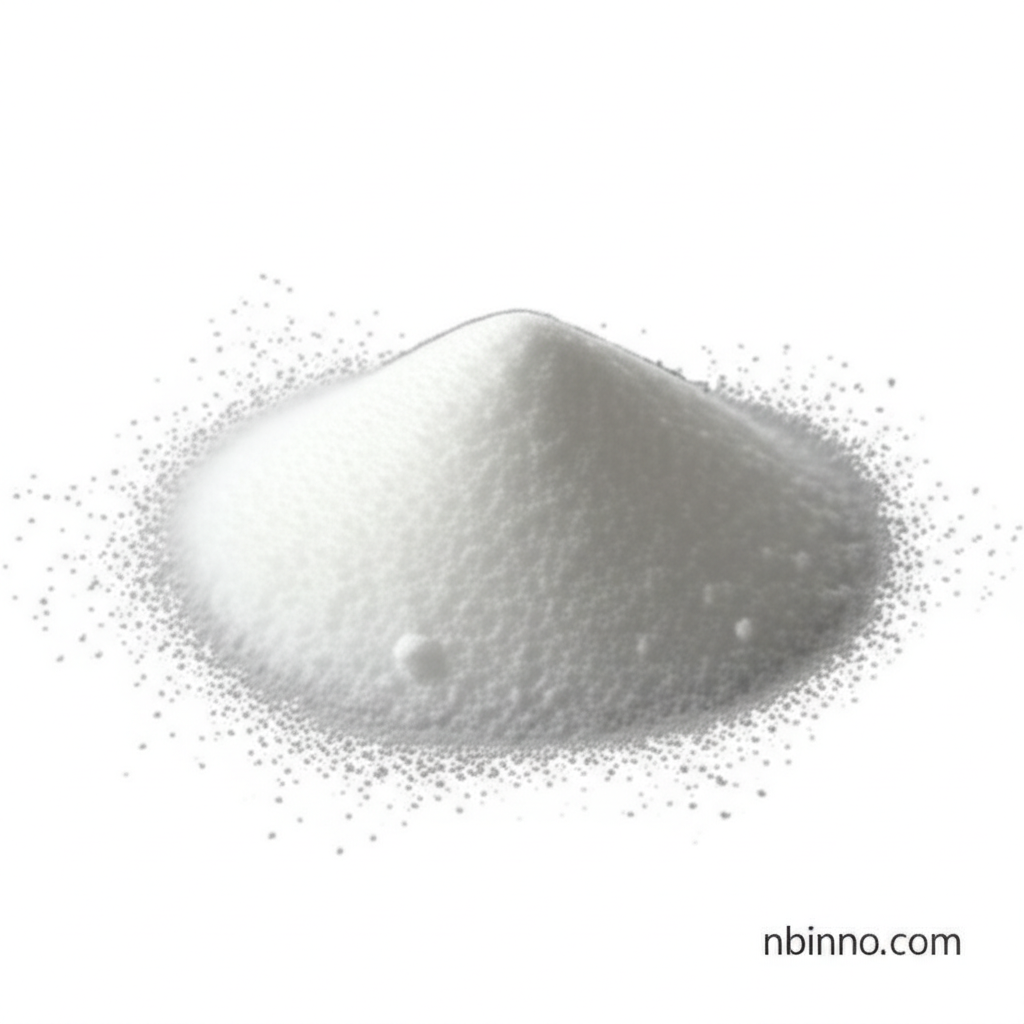Enhancing Polymer Thermal Stability with 3-Phenylpropionic Acid
Discover the chemical properties and diverse applications of this key organic compound.
Get a Quote & SampleProduct Core Value

3-Phenylpropionic Acid
3-Phenylpropionic Acid, also known as Hydrocinnamic Acid, is an organic compound with the formula C9H10O2. It is recognized for its aromatic structure, featuring a phenyl group attached to a three-carbon propionic acid chain. This compound is notable for its stability under normal conditions while exhibiting reactivity under specific chemical scenarios, making it a valuable intermediate for various industrial and laboratory applications.
- Investigate the use of 3-phenylpropionic acid thermal stability in advanced material science.
- Explore hydrocinnamic acid polymer applications as a crucial component in polymer formulation.
- Understand its role as a chemical synthesis intermediate for diverse compound production.
- Learn about the food additive functions of this organic compound, acting as a preservative and antioxidant.
Key Advantages
Chemical Versatility
As a key chemical synthesis intermediate, 3-phenylpropionic acid is essential for creating pharmaceuticals, agrochemicals, and specialty chemicals, showcasing its broad utility in manufacturing.
Enhanced Product Lifespan
Its function as a food additive, specifically as a preservative and antioxidant, helps extend the shelf life of food products, inhibiting microbial growth and maintaining quality.
Material Property Improvement
The compound is utilized in the polymer industry for synthesizing polymers and resins, contributing to improved material properties through ester linkages.
Key Applications
Chemical Synthesis Intermediate
Acts as a critical precursor in the synthesis of various pharmaceuticals, agrochemicals, and specialty chemicals, leveraging its reactive carboxylic acid functionality.
Food Additive
Employed as a preservative and antioxidant in food products to prolong shelf life and prevent microbial spoilage, ensuring product integrity.
Cosmetics and Personal Care
Functions as a skin-conditioning agent and stabilizer in cosmetic formulations, lotions, and skincare products, enhancing product performance.
Agricultural Chemicals
Serves as a fundamental building block for the development of pesticides and plant growth regulators, supporting agricultural innovation.
